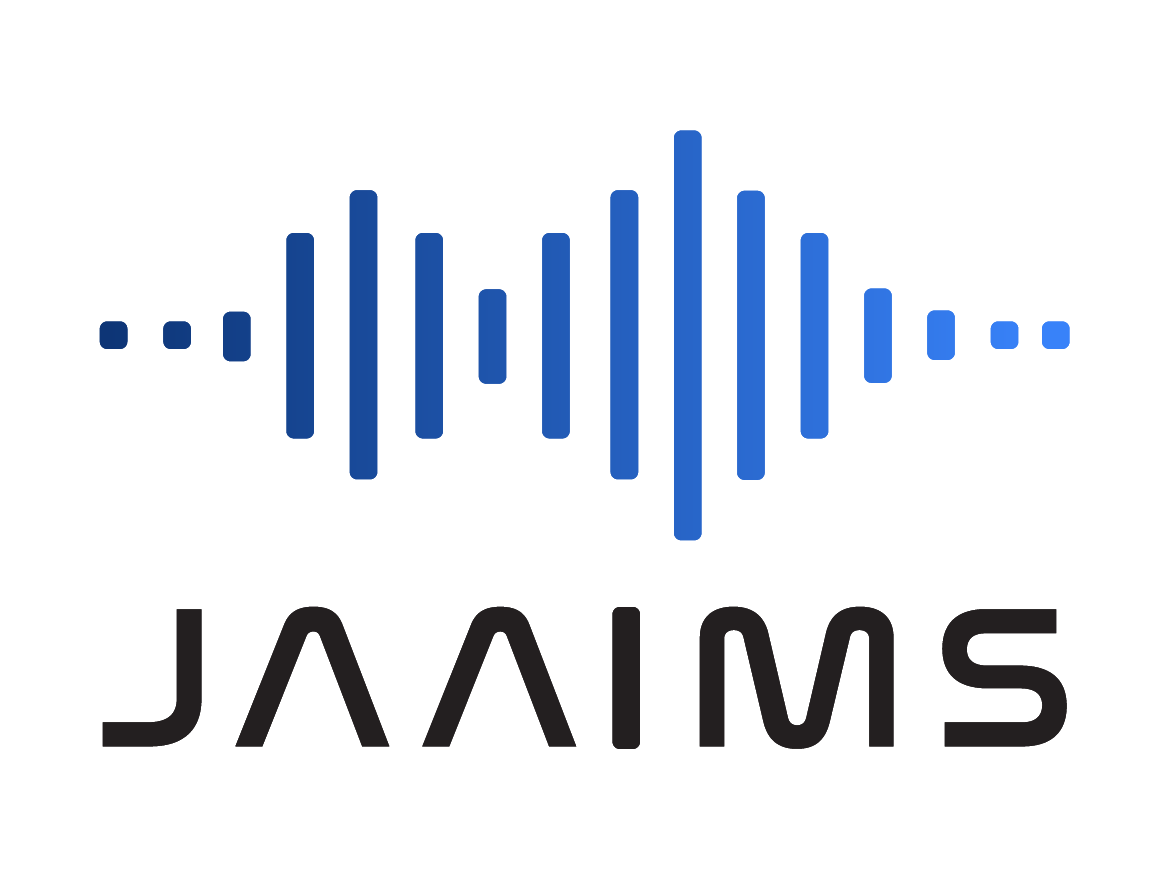Publish Date: 28 July 2022
By Tui Eruera, CEO and Founder of Jaaims
Could algorithmic trading improve your investment portfolio? We spoke with Jaaims to understand the pros and cons of algorithmic trading.
Virtually every industry has been affected by Artificial Intelligence (AI), automation and robotics in some way or another. Automated trading, however, is not new to the financial services industry. In fact, it has been around for many years often serving under various names including algorithmic trading.
What is algorithmic trading?
Algorithmic trading is a computer operated algorithm that works from a set of preset principles and rules often utilising technical analysis theory and built around probability.
However, the rapid development of Artificial Intelligence (AI) has changed the game by becoming highly sophisticated.
Today, these algorithms analyse millions of pieces of data within seconds while applying a set of rules and logic to make calculated decisions.
There are a number of investment platforms that use algorithmic trading, but are they worth your time? What are the benefits and drawbacks of automating your investments?
Related article: AI trading: What is it and how is it used?
Pros of algorithmic trading
Reduces error by removing human bias and emotive trading
AI allows for automated execution of trades, removing the human emotion (emotive trading) from investing decisions. Emotive trading can be highly detrimental to investors as it tends to force investors to abandon their keen sense of determinism that can serve them so well.
Emotive trading can also lead to underestimating the risks associated with investing. In psychological terms, first-time investors can suffer from the Dunning-Kruger effect: the tendency for people with low abilities at a task to overestimate their skill in performing it.
The Dunning-Kruger effect becomes quickly apparent to a novice trader in an environment where such overconfidence could soon empty their account.
Speed of execution
Automated trading algorithms can analyse millions of pieces of data within seconds and apply a set of dynamic rules and logic to make calculated decisions. AI can do this not only based on mathematical probabilities but also by analysing sentiment and fundamentals to make recommendations – however this happens in seconds not in days. Importantly, AI is also always on and trades can happen any time an opportunity arises.
Continually improving
Day trading strategies tend to be static – that is they don’t change or adapt. That means once others work out the strategy you are using they might seek to take advantage of it and make the strategy less effective. Some investment platforms that take advantage of machine learning and algorithmic trading have the benefit of constantly learning and evolving. Therefore, it has the smarts to stay ahead of the pack.
Cons of algorithmic trading
Firstly, the initial cost of developing an automated program and the processing power required on a daily basis is high. Once developed, there can be various cons to automated trading depending on the sophistication of the automation and algorithm.
Simple automation tools available in the market that use simple probability rules may deliver very little competitive advantage in the market because many are using the same logic. This, in turn, may lead to over optimisation – great on paper, but fail to translate in real market conditions.
*Any advice provided is general in nature and does not take into account the viewer’s specific needs and circumstances. You should consider your own financial position, objectives and requirements to determine the type of advice and products to best suit your needs. Jaaims Australia is an Authorised Representative of Jaaims Technologies, AFSL 519985.
Published by Canstar 28th July 2022: https://www.canstar.com.au/investor-hub/algorithmic-trading-systems-pros-and-cons/
